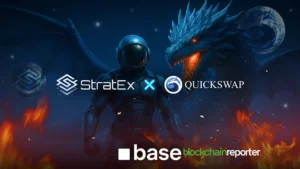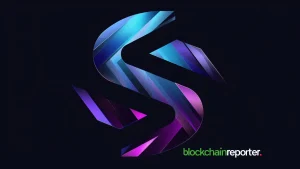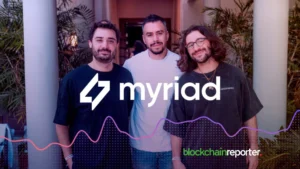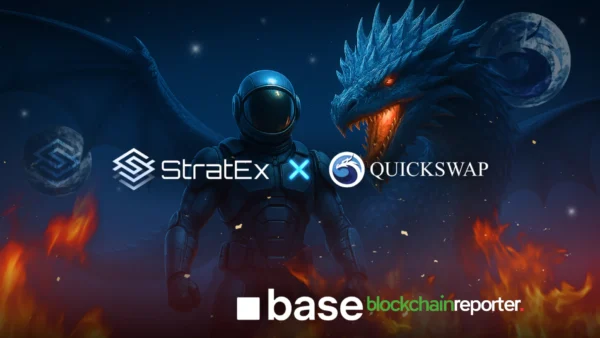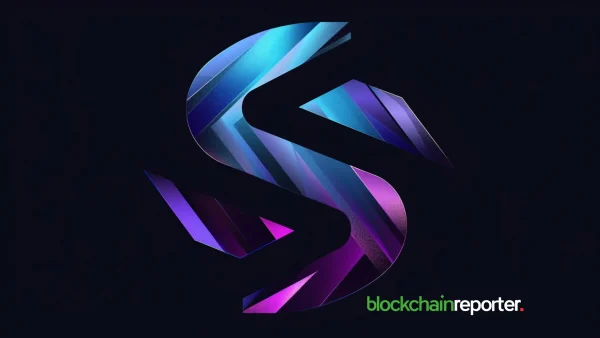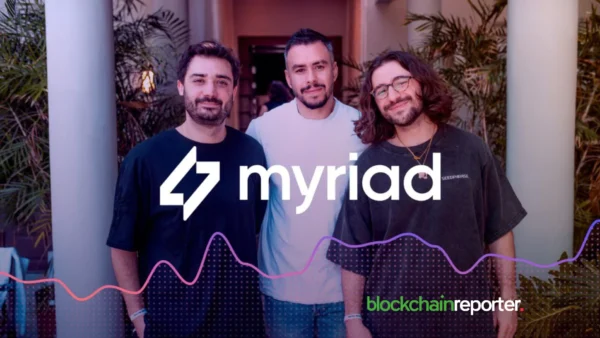
DeFi may be a transformative sector with huge potential, but it also has some weaknesses that have historically refused to be overcome. Arguably the #1 problem is fragmentation.
Until recently decentralization trended toward fragmentation – much like blockchain. Every individual layer-1 is an island of sorts – a law unto itself. Furthermore, attempts to unify the market through bridges have only proved partially successful.
At times that fragmentation has led to rapid growth and expansion of the sector as different protocols work on unique solutions, at other times the same fragmentation has led to disconnects and a lack of industry harmonization.
Despite these challenges, DeFi continues to grow. The sector as a whole is evolving as interoperability solutions become better and more sophisticated, and Web3 infrastructure has advanced significantly.
Liquidity fragmentation
DeFi is now more connected than at any point in the past, but the solutions offered remain scattershot and incomplete. A case in point that illustrates the issues DeFi faces is the fragmentation of liquidity in the sector.
Liquidity fragmentation is a sore at the heart of the industry, perturbing industry growth and preventing it from reaching its full potential. Liquidity fragmentation creates issues for retail consumers and businesses too. Shallow liquidity due to fragmentation means trading is often far more difficult than it needs to be, and price slippage becomes an ever-present complication.
Slippage and liquidity have offered persistent friction points for DeFi, but the confluence of an evolving sector, better interoperability, and improved Web3 infrastructure is proving that a solution can be found.
A case in point is EYWA‘s CrossCurve solution, which was born in collaboration with Curve.
CrossCurve is a fragmentation buster supported by $2 billion in Curve liquidity. CrossCurve is a unified liquid market that creates a cross-chain listing of liquidity wherever Curve is present.
And thanks to the EYWA’s Consensus Bridge, a cross-chain data aggregation protocol that employs Axelar, Chainlink CCIP, LayerZero, and Wormhole, data transfer has never been safer.
Thanks to the pioneering solutions of both CrossCurve and the Consensus bridge, fragmentation in the DeFi market is finally being addressed. These two technological solutions from the house of EYWA find themselves at the cutting edge of what decentralized finance has to offer.
CrossCurve provides the market with a safe, cost-effective way to transfer large volumes of liquidity between chains. It also allows projects to grow swiftly thanks to improved efficiencies in capital utilization. Lastly, it allows Web3 projects to achieve cross-chain listings – onboarding users from multiple chains.
CrossCurve’s potential
The benefits of CrossCurve spell the end days for fragmented liquidity in decentralized finance, making low-slippage cross-chain swaps of any asset possible. CrossCurve is poised to become the most efficient cross-chain DEX in the space, promising low slippage fees to rival those at centralized exchanges.
This solution unifies liquidity from multiple blockchains including Ethereum, Optimism, Arbitrum, BSC, Polygon, and Avalanche. This allows the transfer of a multitude of tokens including stablecoins, liquidity provider tokens (LPs), and liquidity staking tokens (LSTs).
With CrossCurve, curve pool LPs can easily be moved between blockchains, Web3 tokens can be listed on any chain, and waste and costs can be cut back to the bone.
Thanks to cross-chain listings CrossCurve will open Web3 projects to the largest liquidity in the market, enabling them to create their own cross-chain pools. Projects will have the luxury of listing their token on any blockchain against crvUSD/Stables/WBTC/WETH/Curve LPs, receiving yield provided by CrossCurve, Curve, and Convex on any provided liquidity.
Voting and governance
Not only is EYWA defragmenting DeFi’s liquidity markets, but it also gives EYWA token holders to vote and govern the platform, direct emissions, and fee distribution.
Locking up the EYWA token generates the veEYWA token, and they are entirely equivalent. After receiving their veEYWA token users can vote for proposals made in the CrossCurve governance forum.
CrossCurve will further play its role in the Curve bribery market, taking its place alongside existing players such as Convex, Curve, StakeDAO, and LobbyDAO.
The goal of the CrossCurve DAO is to create incentives that preserve the cross-chain liquidity mechanisms enabled by CrossCurve, ensuring the CrossCurve solution is one not only for today but for years to come.

